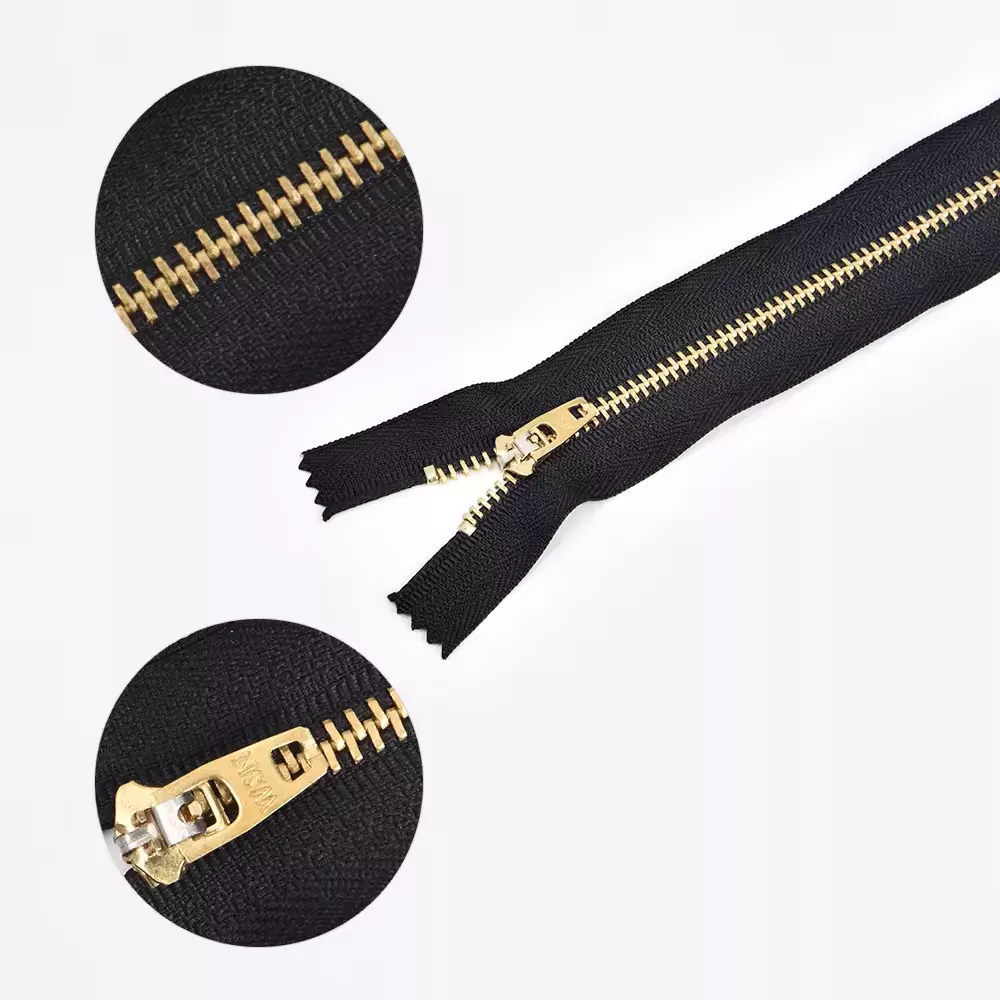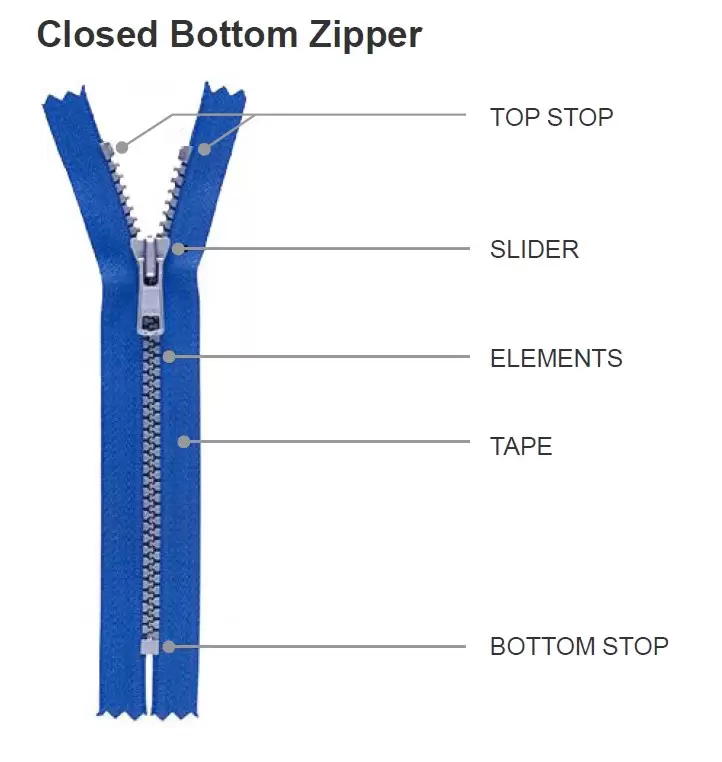
 Mar 26,2024
Mar 26,2024
 BSL
BSL
Zippers, buttons, and ropes can all be used as fastening devices to dress up our clothing and bags. What's special about it is that it can sew two components tightly together in an instant and open them in an instant. Let people get dressed exponentially faster.
Nowadays, various styles of zippers have become an important element of inspiration for designers. We are so familiar with how to use a zipper that it now seems as subconscious as walking.
However, zippers have not existed "since ancient times" but are a modern invention. In 1993, the 100th anniversary of the invention of the zipper, it was considered by many critics to be "one of the most important inventions in the world in 100 years." How did a seemingly inconspicuous zipper gain such high praise?

Although the zipper is small, it has profound knowledge. Although it looks ever-changing, it remains the same. Its structure is mainly divided into three parts: tape, elements, and slider. According to the function of the zipper, can be divided into three types: closed zipper, open zipper, and reverse-opening zipper.
Closed zippers are mostly used on the plackets of pants and jacket pockets, while open zippers are used on the front plackets of jackets. In addition, there are many types of closed zippers for bags, such as double sliders with two ends facing each other and two ends facing away from each other.
Our common sliders are always opaque. It may be this reason that makes many people wonder about how zippers work.
The shapes of the zipper teeth on the left and right sides are the same, and the spacing between adjacent zipper teeth is the same. At the bite of the zipper teeth, you can see that one side has a bump (bump) and the other side has a groove (dent). When the slider is pulled, the zipper teeth on the left and right sides complete the bite action through these protrusions and grooves.

When the zipper is pulled upward (closed), the slider moves upward, and in contrast, the zipper teeth move downward. The zipper teeth pass through the "Y"-shaped structure along the track on the slider. The zipper teeth on the left and right sides are engaged in sequence at a certain opening angle. The protrusions and grooves on the edges of the teeth are hooked together to fix the zipper. When the zipper is pulled down (opened), the slider moves downward, and in contrast, the zipper teeth move upward.
The wedge in the "Y"-"-shaped structure of the slider pushes the zipper teeth apart at a certain angle to complete the unlocking. In this process, the "Y"-shaped structure on the slider is an ingenious and important mechanism. The "Y" branch angle in the slider is 50°~60°. This angle may be different for different sizes and types of zippers.
